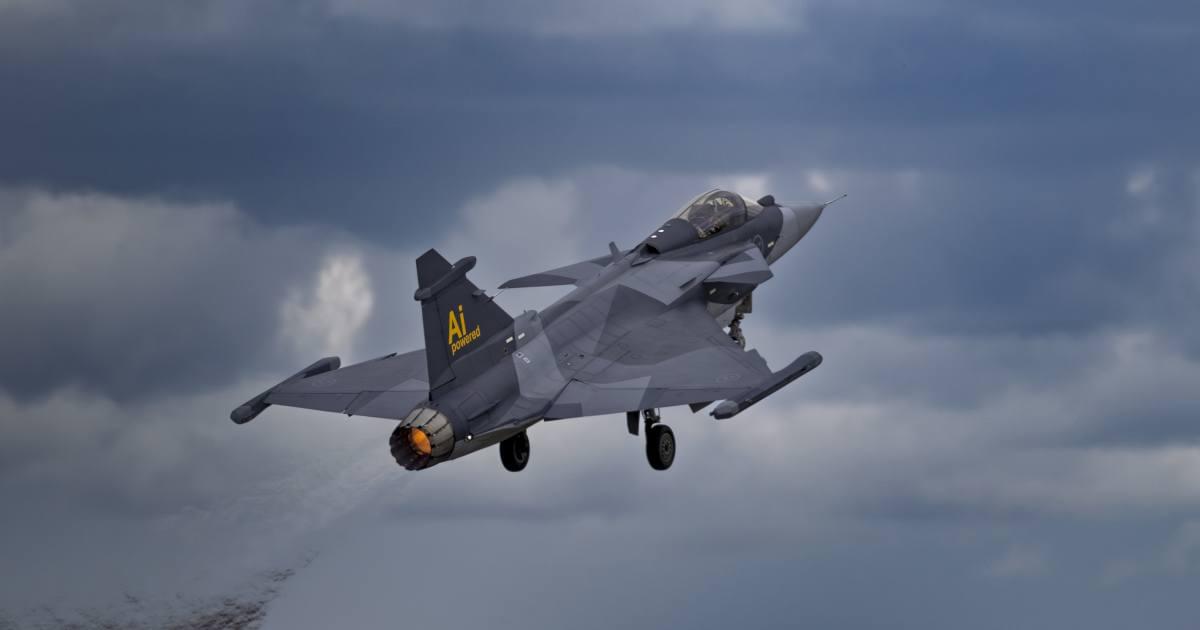Offering TPE. I do not see a cost though.
*Apply to join Foresight Biotech & Health Extension program:* https://foresight.org/biotech-health-extension-program/
A group of scientists, entrepreneurs, funders, and institutional allies who cooperate to advance biotechnology to reverse aging and extend human healthspan. This group is sponsored by 100 Plus Capital. http://100pluscap.com/
*Foresights Personal Longevity Group* Exploring anti-aging methods, monthly virtual meetings, expert discussions, private group for Foresight Patrons. https://foresight.org/personal-longevity-group/
*Brad Younggren | Therapeutic Plasma Exchange (TPE): A Tool Against Aging and Disease*
Bio: Brad Younggren, MD, is CEO and co-founder of Circulate Health, a company dedicated to extending human healthspan. A former U.S. Army physician, Dr. Younggren served as a combat physician in Iraq and was awarded a Bronze Star and Combat Medical Badge. An emergency medicine specialist and seasoned healthcare executive, Younggren has led teams at the cutting edge of medicine for decades. Most recently, he was President and Chief Medical Officer at 98point6, where he led the development and launch of AI-powered primary care solutions. He previously served as CMO at Cue Health, Shift Labs, and Mobisante. At Circulate, Younggren leads an expert team of clinicians and scientists working to harness the potential of therapeutic plasma exchange to advance health and longevity.
https://www.circulate.health/
Abstract: Aging is the primary risk factor for most chronic diseases, driving over 90% of U.S. healthcare expenditures. However, emerging science suggests that aging itself can be targeted as a modifiable process. Therapeutic Plasma Exchange (TPE) is a promising intervention that removes harmful substances from the bloodstream, reducing inflammation, disease burden, and potentially reversing aspects of biological aging. Circulate Health is pioneering this space, with clinical trial data demonstrating measurable reductions in biological age and improvements in key biomarkers. Beyond its longevity benefits, recent findings suggest TPE may help reduce microplastics and other environmental toxins—offering a practical, scalable approach to mitigating modern health threats. In this talk, we’ll explore the science behind TPE, its clinical applications, and why Circulate Health’s model makes this groundbreaking treatment accessible to more patients and clinics.





